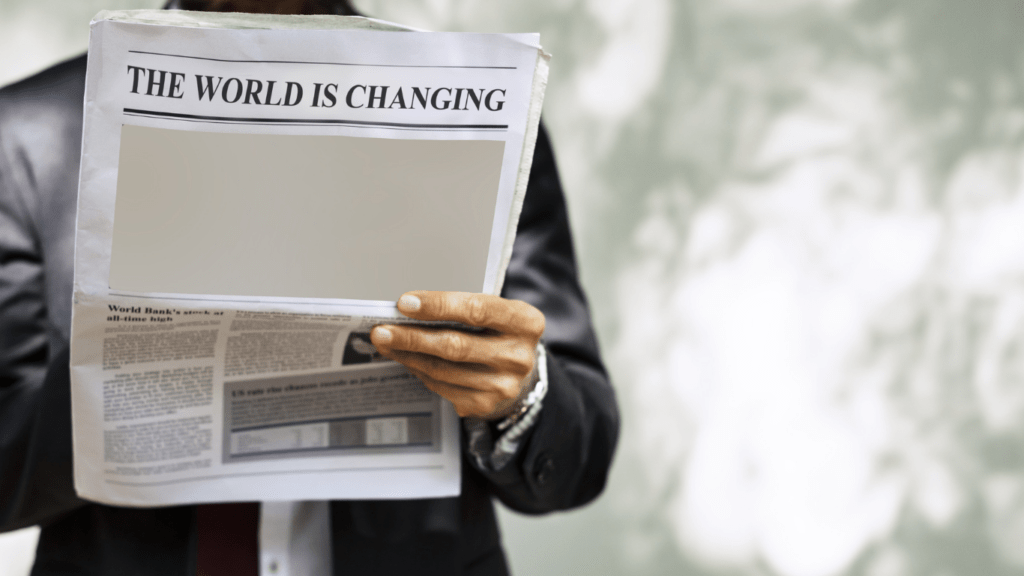In today’s digital age, where information spreads faster than ever, it’s crucial to separate fact from fiction. As a seasoned blogger, I’ve witnessed firsthand the chaos that misinformation can cause. That’s why the role of a news fact-checker has become more vital than ever. They’re the unsung heroes in the battle against fake news, ensuring that the information reaching the masses is accurate and trustworthy.
Navigating the vast ocean of online content, fact-checkers use their sharp skills to verify details, challenge inaccuracies, and provide clarity. This process isn’t just about debunking false claims; it’s about protecting the integrity of information and, by extension, our democratic discourse. It’s a demanding job that requires a keen eye, a skeptical mind, and a commitment to truth.
Let’s dive deeper into what makes the work of news fact-checkers indispensable in our increasingly connected world.

The Role of Fact-Checkers
Fact-checkers serve as the guardians of truth in journalism. Their primary task involves scrutinizing the details in news reports and other media content to verify their accuracy. Fact-checkers use various tools and resources, such as databases, expert interviews, and scientific journals, to confirm the factualness of statements made in a news article. By meticulously evaluating information before it reaches the public, they help prevent the spread of falsehoods and inaccuracies. For example, during election periods, fact-checkers meticulously analyze candidate statements and claims in ads, providing clarifications and corrections, thereby enhancing news quality.

Impact on Public Trust
Public trust hinges significantly on the authenticity and accountability of the media. Fact-checkers play a pivotal role in reinforcing this trust by committing to transparency and accuracy in reporting. When audiences know that the information they receive has passed through a rigorous fact-checking process, their confidence in the media outlet’s credibility increases. A study by the Pew Research Center found that 68% of viewers value news sources that actively correct their mistakes, pointing to the direct correlation between fact-checking and increased trustworthiness. Through their diligence, fact-checkers not only educate the public but also uphold the integrity of journalism, ensuring it remains a reliable pillar in a democratic society.

Sources and Methods
Fact-checkers rely on a diverse array of sources to verify information. These sources include official records, data from reputable research institutions, and interviews with experts in relevant fields. For example, if a news article claims a specific economic growth rate, fact-checkers may consult data from the World Bank or economic analysts to verify the figures.
They also employ digital tools designed for media monitoring, which allow them to track the origin of a story and assess its spread. Plagiarism detection software helps determine if a statement has been copied from questionable sources.

Challenges and Limitations
Despite their expertise, fact-checkers face several challenges that can impede their work. The sheer volume of information circulating makes it impossible to verify every piece of news. High-profile topics often receive more attention, leaving lesser-known issues less scrutinized.
Another significant challenge is the rapid pace at which news is released, particularly on digital platforms. This requires fact-checkers to work quickly, potentially leading to oversight or the inability to drill deep into each claim.

Profiles of Leading Fact-Checkers
Several organizations lead the charge in fact-checking, each with unique methodologies and global impacts. FactCheck.org, launched in 2003 by the Annenberg Public Policy Center, focuses primarily on US political discourse. They dissect claims made in TV ads, debates, speeches, interviews, and news releases, providing detailed analysis and citations.
PolitiFact, another pioneering body and a project of the Poynter Institute, is renowned for its “Truth-O-Meter.” The tool rates the truthfulness of political claims, ranging from “True” to “Pants on Fire,” and has become a distinguishing feature of their service. They cover statements by members of Congress, state legislators, and the President, presenting concise reports on the validity of such claims.

Evaluating Their Effectiveness
Measuring the effectiveness of these organizations involves examining their impact on public discourse and trust. These bodies enhance media literacy among the public by explaining the factual accuracy of various news items. Research shows that platforms practicing consistent fact-checking see an increase in audience trust levels. For instance, after the implementation of stricter fact-checking protocols, select news outlets reported a significant rise in viewer credibility ratings.
Moreover, fact-checking not only holds news producers accountable but also educates the audience. By breaking down complex issues into verifiable facts, these organizations help individuals develop critical thinking skills and better understand the news environment.

Digital Tools and Software
Fact-checkers use several powerful digital tools to enhance accuracy. Software such as Turnitin and Copyscape helps detect plagiarism, ensuring content uniqueness. Databases like LexisNexis and Factiva provide access to a vast archive of historical news and information, assisting in verifying dates, facts, and quotes from past events. For real-time verification, tools such as Google Reverse Image Search confirm the authenticity of images and trace their origins. These tools streamline the fact-checking process by providing quick access to supporting or contradictory information, allowing fact-checkers to publish their findings with confidence.

The Role of AI and Machine Learning
AI and machine learning significantly revolutionize the fact-checking process. Algorithms capable of sifting through massive datasets allow for the quick identification of false patterns and fact-checking claims at scale. Tools like the Full Fact’s AI monitor live broadcasts and online content, flagging potential misinformation in real-time. This application of technology not only speeds up the fact-checking process but also increases the accuracy, helping to minimize human errors. AI systems learn from a variety of data inputs, continuously improving over time. They play a crucial role in addressing the challenges posed by the vast amount of information.
